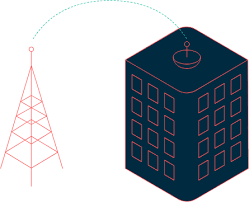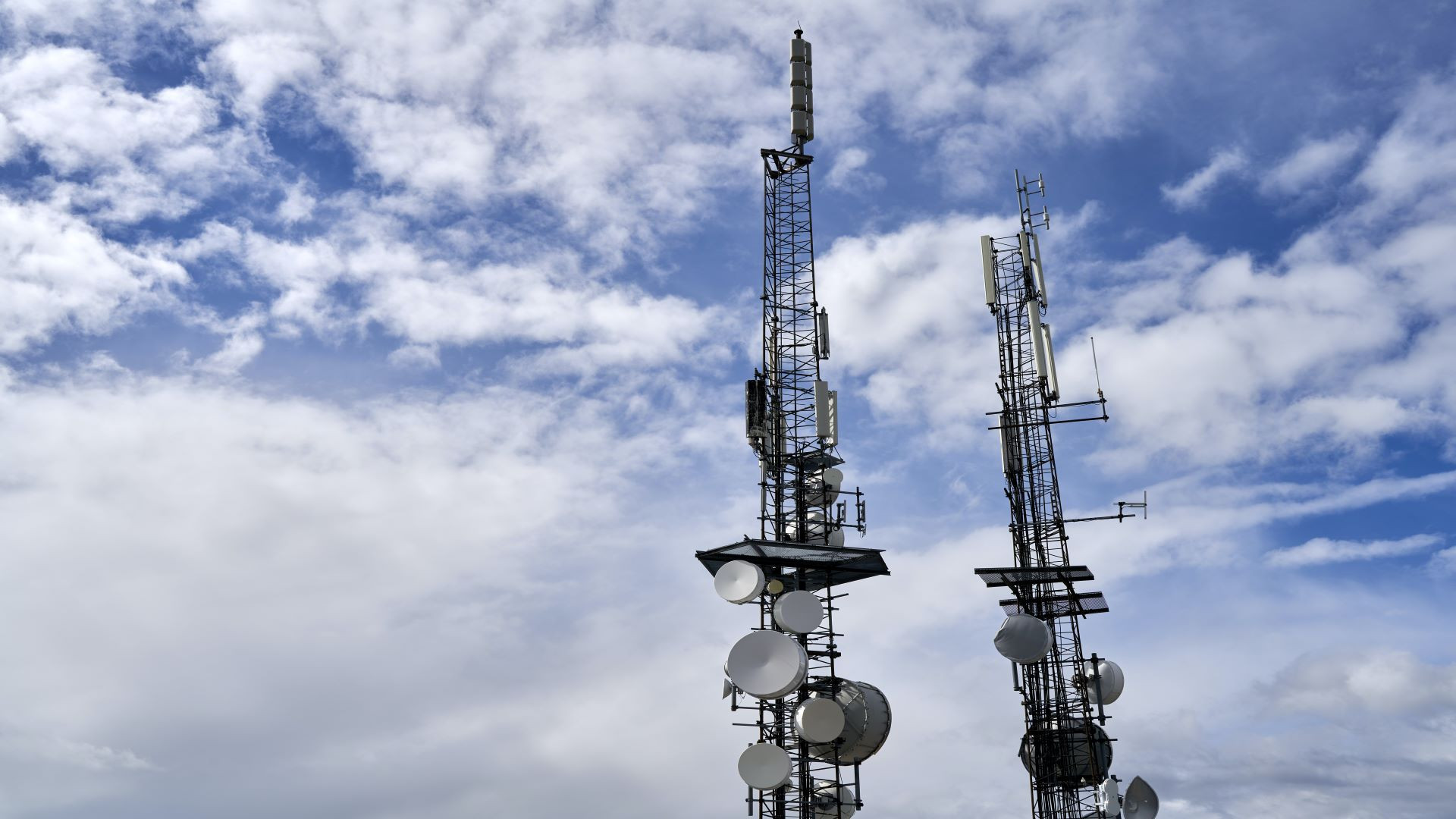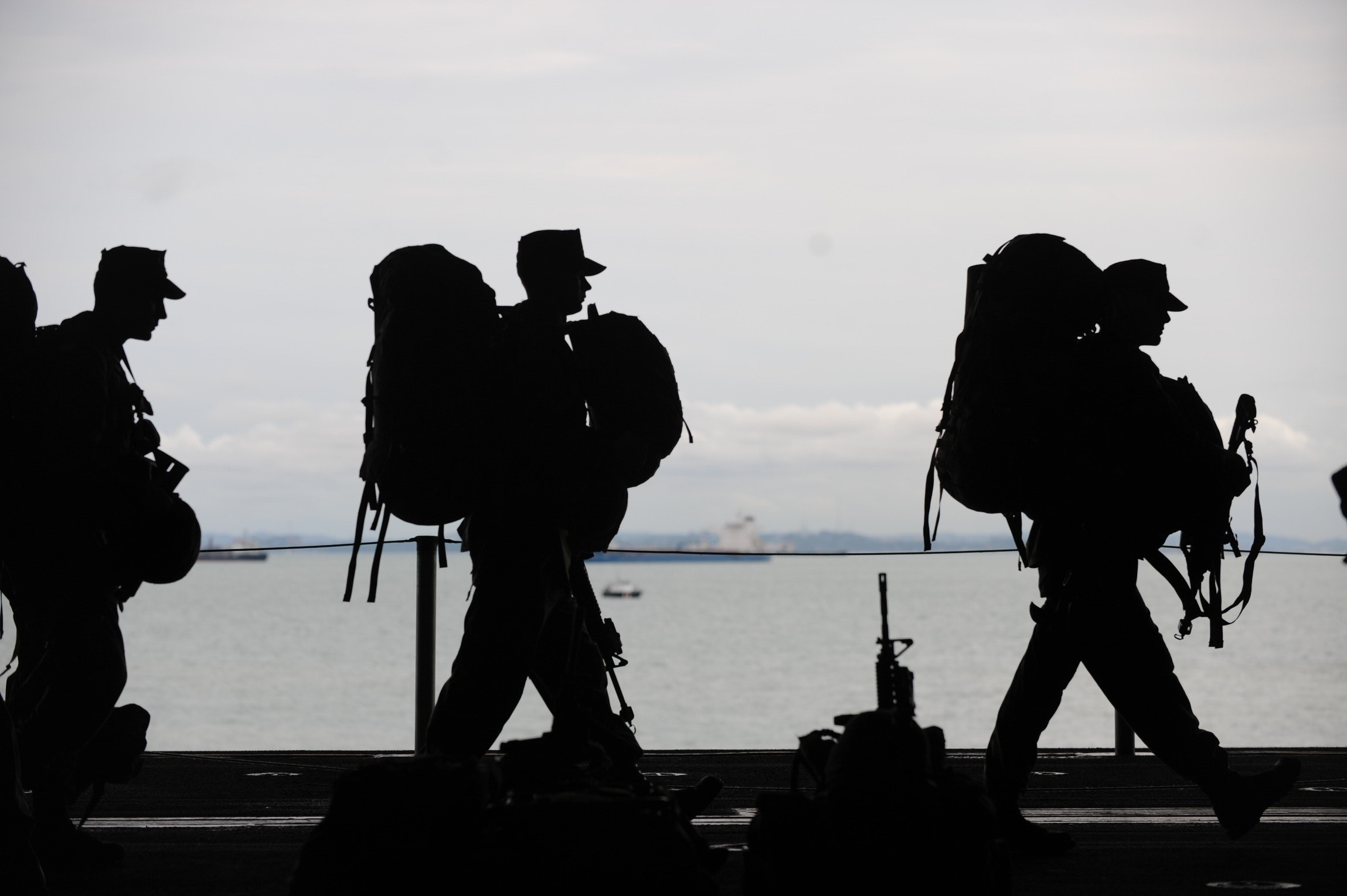Request a
Quote
Imagine you are a first responder called out to an incident in a multi-story building. It could be a fire, active shooter, or medical emergency. You might be a fire fighter, law enforcement officer or EMT.
What runs through your mind as you enter the building? Will you lose radio contact with your dispatcher or team members within the building? Is the radio frequency (RF) coverage inadequate?
Often signals cannot penetrate buildings and other structures, creating "wireless dead zones" or areas where radio frequency (RF) coverage is inadequate, exacerbated by energy efficient building materials, such as low-E glass and other energy-efficient components. Often labeled, "the in-building coverage problem," it occurs in both public safety and commercial cellular networks.
Technology solutions are available to eliminate dead zones: Distributed Antenna Systems (DAS), bi-directional amplifiers (BDAs), small cells, signal boosters and IBW, in-building wireless. However, stakeholders planning to deploy these solutions should take heed of the reports of the many problems they create when deployed.
According to David Adams, President of the Board of Directors, Safer Buildings Coalition, “… public safety radio network managers … have experienced BDAs interfering with existing critical communications coverage.” Read more here SBC. The Safer Buildings Coalition is an advocacy group for solving for In-Building Wireless “Dead Zones” according to their website SBC.
Incidents where improperly deployed Signal Boosters have degraded or totally disrupted public safety radio systems have been reported by the National Public Safety Telecommunications Council (NPSTC). Read more here NPSTC
“Radio System Operators / Administrators / Managers – i.e., the FCC License Holders, have had it up to here with the incidences of harmful noise and interference on their public safety radio networks caused by improperly deployed BDAs,” according to John Foley, Managing Director, Safer Buildings Coalition. Read more here No Noise.
Emergency Responder Communications Enhancement Systems (ERCES) is not stand-alone technology but must be interwoven into existing public safety communication networks. The ERCES must enhance and never harm the existing network. This is according to the Safer Building Coalition (2023) the COMPLETE ERCES HANDBOOK.ERCES
Key stakeholders should be involved: first responders, building owners, code officials, public safety radio system operators, industry, elected officials, policy makers, codes, and standards bodies, system designers, integrators, regulators, building owners, frequency license holders, and testing companies.
All first responder agencies must be taken into consideration when evaluating and correcting in-building communications coverage issues.
Authorities Having Jurisdiction (AHJ) are governmental or non-governmental entities responsible for enforcing building codes, fire codes, and other regulations.
Model fire codes for Public Safety communication within buildings are produced by the International Code Council (ICC) and the National Fire Protection Association (NFPA).
Radio System Owner (FCC Frequency License Holder) is the ultimate authority when it comes to managing their licensed frequencies. The Licensee must be able to review and approve every in-building emergency responder communications enhancement system design prior to any installation work being done. FCC rules 47 CFR 90.219. Holder can grant permission for third parties (like building owners) to operate signal boosters like BDAs.
The (FCC) issued a Report and Order that affirms the local governments’ authority to adopt ordinances, and/or fire or building codes that require signal boosters to be installed in certain buildings to ensure First Responders have reliable communications. FCC Report and Order (WT Docket No. 10-4 ¶ 151) issued February 20, 2013. FCC R&O
First Responders need to be able to talk inside, communicate to each other inside, and communicate outside. Building Occupants need to be able text and call 911 from inside those buildings and receive mass notifications wherever they may be inside the building. Response Time is Critical: The FCC estimates that an improvement of one minute for 9-1-1 response time would save 10,000 lives in the US annually.
Key Points to consider are:
- An RF Design Professional should perform the system design.
- AHJ and the Licensee Holder approve before any installation work is started.
- Maximum propagation delay shall be the standard provided by the AHJ and the Licensee.
- No interference or degradation to the existing public safety radio communications system, or any other licensed radio system in the vicinity.
- All RF Emitting Devices shall be certified by the Licensing Authority for use for public safety use on the frequencies used by the in-building technical solution.
- Coordination and written approval of the fire code official
- Signal booster must meet equipment certification in § 90.203(a)(2) and part 2, subpart J.
- Output radiated power not exceeding 5 Watts ERP for each retransmitted channel.
- Spurious emissions must not exceed −13 dBm within any 100 kHz measurement bandwidth.
See additional considerations here SBC
The “3 Pillars of In-Building Public Safety Communications” are:
- Mobile 911 Calls Must Get Out with Location Accuracy
- Mobile Mass Notifications Must Get In
- First Responder Communications Must Work
According to a review of 9-1-1 call statistics, on average about 70% of calls to 9-1-1 are routed to Law Enforcement, 17% to 20% of calls are routed to EMS, and 10% or less of calls to 9-1-1 are routed to a fire department.
When someone in trouble calls 9-1-1 the call must be completed, and most of these calls come from inside buildings. In fact, 80% of mobile (cellular) calls either originate or terminate inside a building and, according to the National Emergency Number Association (NENA),4 80% of all calls to 9-1-1 come from a mobile phone.
Just as critical as the call being completed is that emergency responders can locate the caller quickly and accurately. In an emergency, time is the most critical asset in ensuring the best outcomes for those in need. The FCC estimates that a one-minute improvement in 9-1-1 response times would save 10,000 lives per year in the US.
Improperly deployed in-building Signal Boosters can include things like:
- Selecting the wrong technology for the use case. Improper “design” of the overall system, such as using incorrect parameters, using poor RF design principles, and other technical errors.
- Improper installation of the overall system.
- Not following FCC rules or local requirements.
- Not considering the impact of structures nearby that also have installed BDA systems.
- Not coordinating with the frequency license holder and code officials.
- Selecting inadequate equipment.
As Fire Codes have evolved over the past 12 years, there has been strong emphasis on expanding and refining the fire codes and standards, and the role of the Fire Marshal or Fire Code Inspector. While references to the FCC rules have always been present in the codes and standards, perhaps there hasn’t been enough focus on the FCC License Holder who operates the radio system.
Consequently, the processes that have evolved too often are missing the critical coordination steps that ensure that one hand knows what the other is doing, that the best solutions are chosen, and that above all else, the FCC rules are followed.
Code officials can require that adequate coverage be present in a building, but not how that coverage
NPSTC - Issues Identified by Public Safety.
A 45-story building downtown (Biscayne Blvd NE 28 St) had a very high signal. The new building had five Bi-Directional Amplifiers (BDA) causing the issues.
A common problem with trunked systems is control stations with high Effective Radiated Power (ERP) that are close to a public safety site causing its receivers to experience intermodulation due to the extremely high signal power. Control stations should only use sufficient ERP for reliable communications and not produce extreme received power at the site.
High power cell sites create Near/Far interference scenarios, as we learned from Nextel, and are currently experiencing from cellular systems. High power from cell type systems allows them to increase coverage while PS systems are limited to field strength contours at the edge of their jurisdictions. This creates the Near/Far scenarios where a PS user at the edge of their jurisdiction must contend with high power interference.



